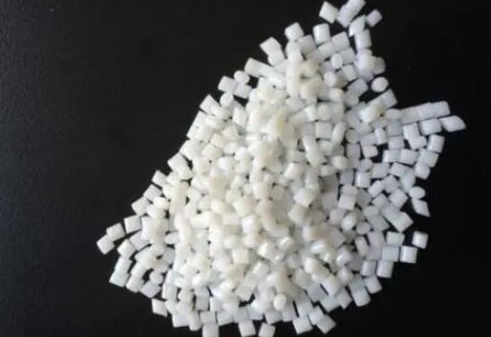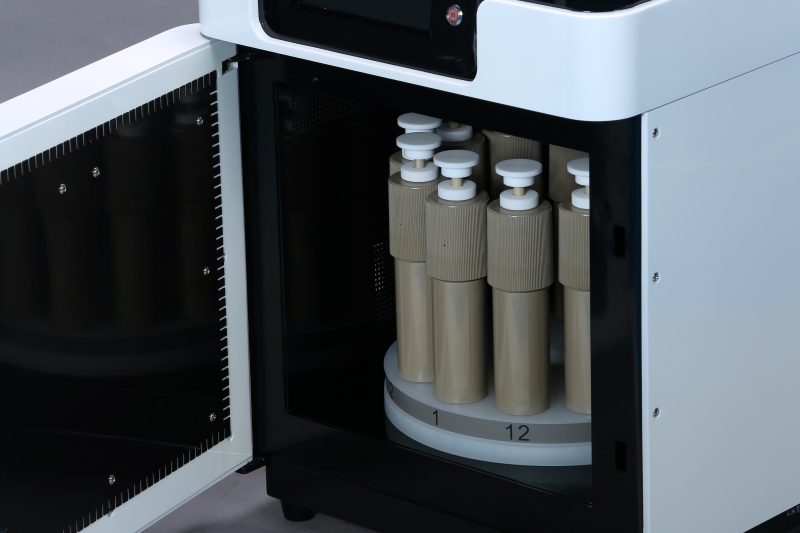PET, the full name of polyethylene terephthalate, is a high-performance thermoplastic polyester material. It exhibits excellent physical and mechanical properties in a wide temperature range, has good electrical insulation, creep resistance, fatigue resistance and friction resistance, and has excellent dimensional stability. PET is widely used in non-toxic and sterile packaging materials for various foods and medicines, as well as high-end packaging fields for textiles, precision instruments, and electrical components.

In order to ensure the safe application of PET in the fields of food, medicine and chemistry, we need to strictly analyze and control its element content. For example, metal catalysts such as antimony (Sb), manganese (Mn) and titanium (Ti) are often used in the synthesis process of PET, so their residual content needs to be detected. The digested PET samples can be accurately analyzed by ICP-OES, ICP-MS and other technologies. In addition, as a recyclable material, the recycling of PET also requires strict testing to evaluate factors such as harmful element pollution and degradation products to ensure that the safety and performance of recycled PET meet industry standards.

PET material has a stable molecular structure and excellent chemical corrosion resistance, and it is difficult to decompose it efficiently by traditional methods. Therefore, we recommend the use of a microwave digester, which has a high temperature and high pressure, safe and closed, uniform and thorough digestion environment, and can efficiently decompose PET samples in a short time, greatly improving experimental efficiency and providing a reliable sample pretreatment solution for subsequent accurate detection. This method also has the advantages of high recovery rate and low blank value.
Reasonable setting of digestion parameters will help the subsequent rapid and accurate determination of multiple inorganic elements. Below we share the detailed steps, hoping to be helpful to you.

Raw materials and reagents
PET sample
Concentrated nitric acid (68%)
Sulfuric acid (98%)
Instruments and consumables
Welso WMD600 microwave digester
Analytical balance (1/100,000)
Pipette
Acid-resistant pipette tips, etc.
Experimental steps
● Sampling and acid addition
Sampling amount: Weigh 0.25g PET sample and place it in the digestion tank.
Add acid reagent:
6mL nitric acid (HNO₃, 65-70%)
2mL sulfuric acid (H₂SO₄, 98%)
Stand for 5 minutes to allow the sample to be initially wetted and start the oxidation reaction.
Optional step (to enhance the digestion effect): Slowly add 2mL hydrogen peroxide (H₂O₂, 30%), which will quickly release gas at room temperature. Be careful to avoid liquid overflow.
●Assemble the digestion tank and perform digestion
Assemble the digestion tank and ensure that it is well sealed to avoid leakage.
Place the digestion tank in the microwave digestion instrument and perform digestion according to the following digestion procedure:
Stage | Setting the temperature (℃) | Pressure (psi) | Heating time (min) | Insulation time (min) |
1 | 180 | 250 | 10 | 2 |
2 | 220 | 350 | 5 | 15 |
Cooling phase | Cool down to room temperature |
Results and Discussion
Through this microwave digestion experiment, we successfully digested the PET sample efficiently and thoroughly. The digested solution was clear and transparent, without insoluble matter or particles, indicating that the sample had been thoroughly digested and the digestion process was smooth. It further shows that the sample has a low digestion difficulty and belongs to the conventional and easy-to-digest sample type.

Tips
The digestion result is judged based on the clarity of the solution, which is mainly a qualitative conclusion rather than a quantitative evaluation. Due to different factors such as sample type, source, and sampling volume, the digestion procedure may need to be adjusted appropriately according to actual conditions. This plan is for reference only, and users can further optimize the digestion plan based on specific conditions and experience.
As the number of digestion tanks increases, the heating time can be appropriately extended to ensure that each tank reaches the target temperature within the preset time. If the heating speed is slow or the preset temperature cannot be reached on time, please check whether there is a leak in the main control tank.